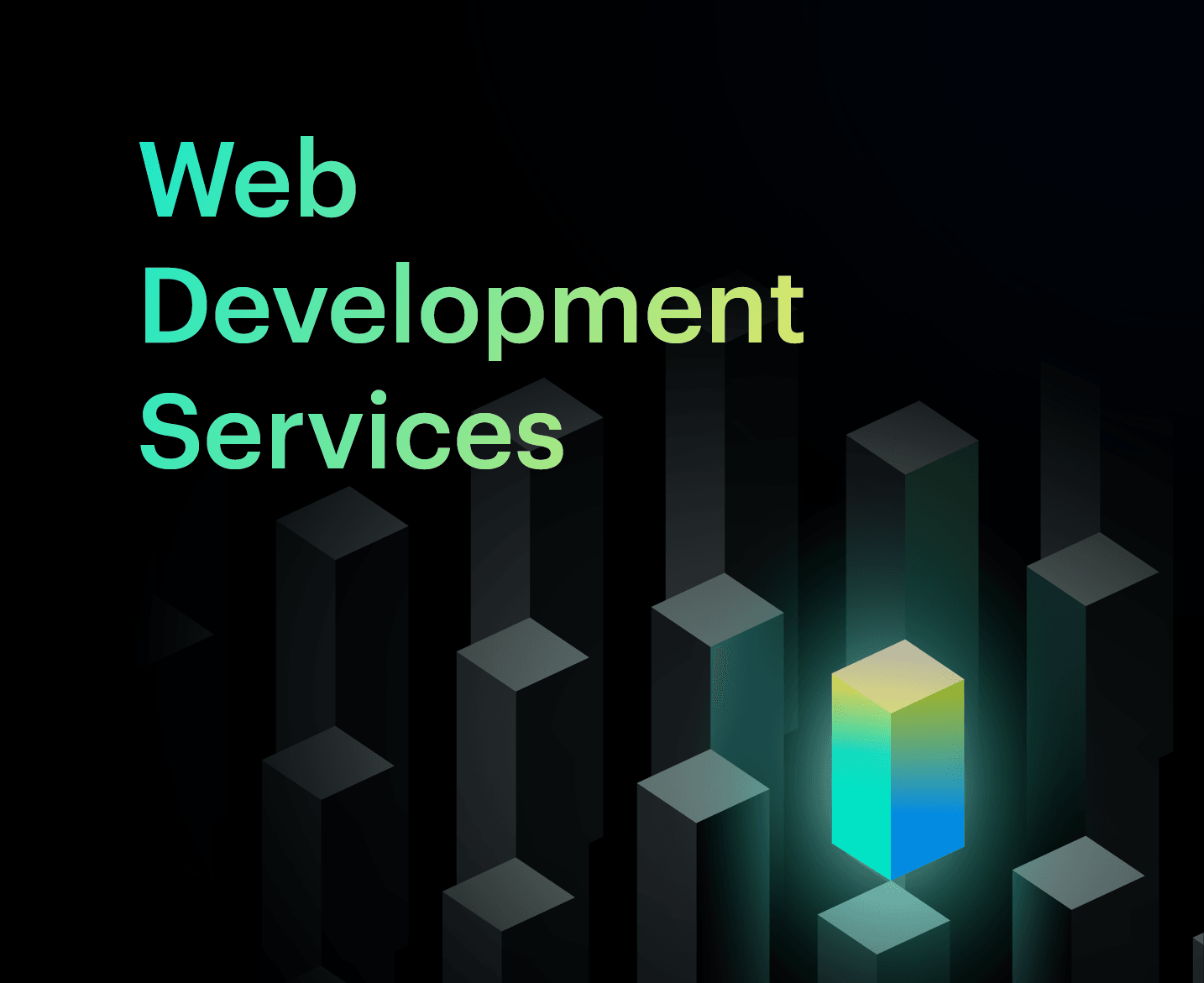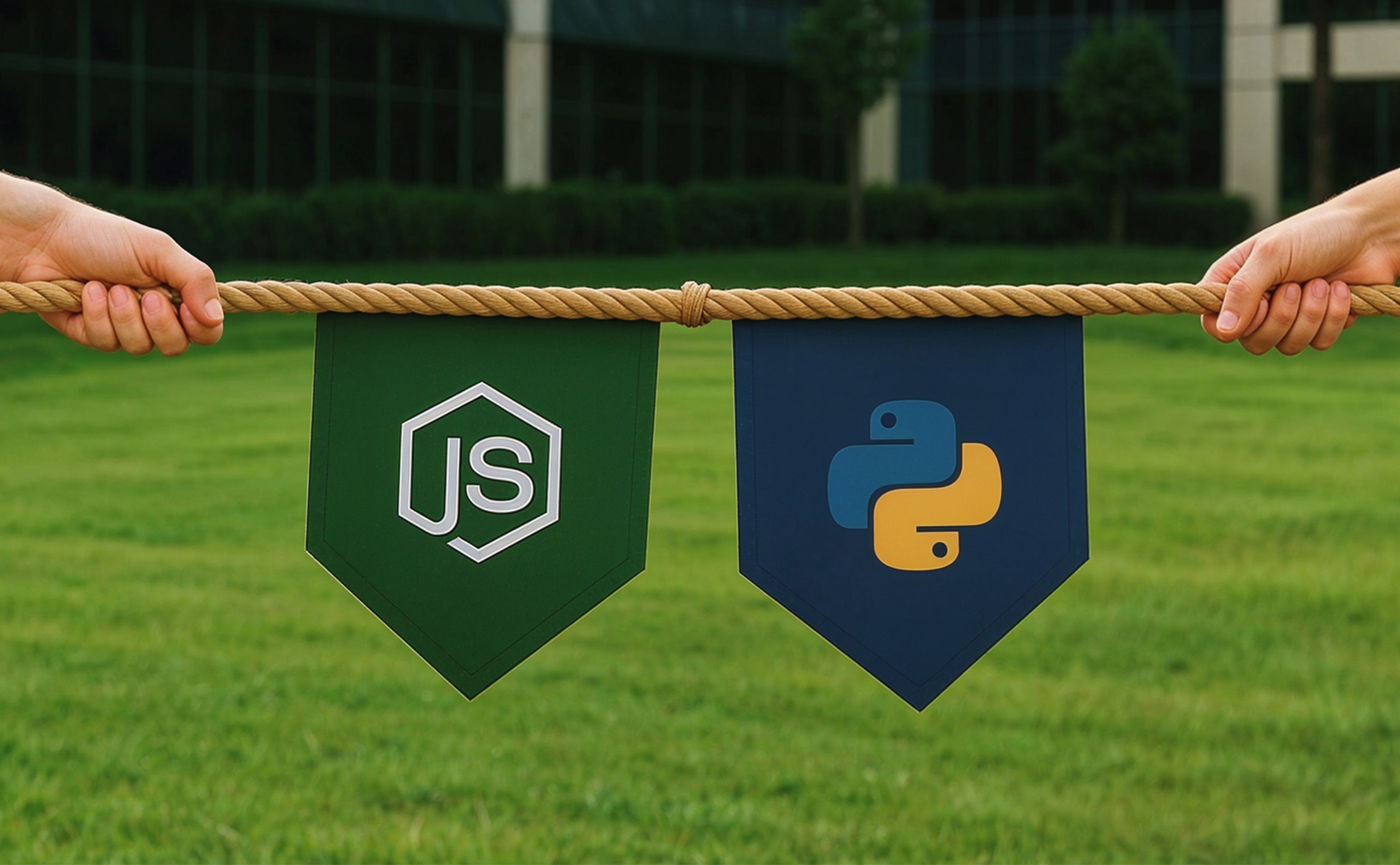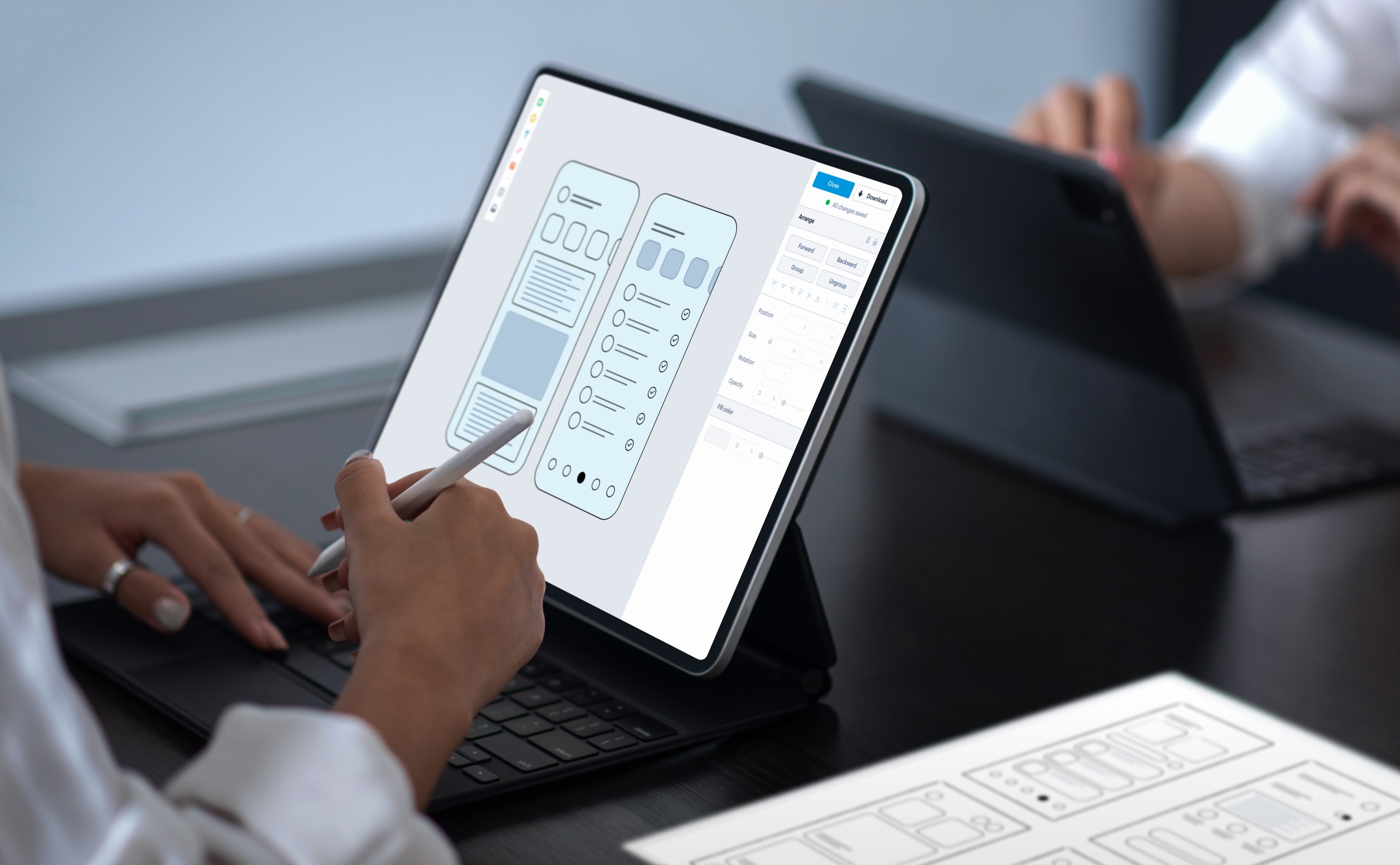Serverless Architecture: Everything You Should Know

- What is Serverless?
- What is Serverless Architecture?
- Key Components of Serverless Architecture
- How Does Serverless Architecture Work?
- Why Go Serverless?
- Serverless Architecture Examples
- Understanding the Concept of FaaS
- How Does Faas Differ From PaaS?
- Key Benefits of Serverless Architecture
- Things to Watch Out for in Serverless Technology
- Best Practices to Adopt for Serverless Security
- Going Serverless: Real-World Use Cases
- Future Trends in Serverless Model
- Giving Your Business Applications a “Serverless” Tag
- What is Serverless?
- What is Serverless Architecture?
- Key Components of Serverless Architecture
- How Does Serverless Architecture Work?
- Why Go Serverless?
- Serverless Architecture Examples
- Understanding the Concept of FaaS
- How Does Faas Differ From PaaS?
- Key Benefits of Serverless Architecture
- Things to Watch Out for in Serverless Technology
- Best Practices to Adopt for Serverless Security
- Going Serverless: Real-World Use Cases
- Future Trends in Serverless Model
- Giving Your Business Applications a “Serverless” Tag
Gone are those days when the developers were confused with building mobile apps and web applications while taking care of all aspects, including server management, provisioning and scaling. The development of next-gen cloud-native development architectures like the serverless model has offered a multitude of advantages to businesses over conventional cloud-based or server-based models.
While this architecture has offered greater scalability and flexibility to businesses, other benefits like promptness and cost-efficiency have attracted people to go ‘serverless’. With the implementation of this model, you need not think about buying, managing, and provisioning backend servers. Instead, you can use the magical features of serverless architecture—think how!
Let’s take a closer look at it.
What is Serverless?
Serverless uses the existing managed services accessible via the public cloud. This is not just a way to host an application; instead, it acts as a crucial part of the application and replaces the need for a manual infrastructure configuration. Contrary to what the term “server-less” means, as you think, servers exist with serverless technology.
Through serverless development, the developers can develop, deploy and run the application without needing to manage servers. Following the deployment, a serverless application faces the traffic and scales up or down based on it automatically.
What is Serverless Architecture?
In the earlier age of computing, the flow and development of products were highly defined by the hardware. However, with the introduction of SaaS (Software as a Service) and cloud technology, the software development phase changed.
Later, the advent of containerised architecture packed the software and its dependencies into containers, which are remote units that run independently. This was still costly, impossible to scale, and had high maintenance procedures.
Serverless resolved these problems and brought a new solution to enable ease of development, saving time and money, making it one of the most in-demand architectures. By 2035, the serverless architecture market is expected to cross the figure of USD 193.42 billion with a CAGR of 25.70% over the forecast period of 2023-2035.

The name serverless architecture revolves around the concept of building and running applications or services without the necessity of managing the infrastructure. ‘Serverless’ is not exactly what the name defines; it still has servers involved; the only thing is that the developers no longer need to be concerned with them.
The cloud provider takes care of managing the server space and dynamically allocating the resources as and when required. Developing the serverless application takes many forms, for example, with well-known frameworks such as ReactJS for the client side, SpringBoot on the server side and MongoDB as the database. You can deploy them on a cloud-managed or an on-premise infrastructure.
Key Components of Serverless Architecture
Function as a Service (FaaS)
Defined as the foundational block of the serverless model, FaaS is responsible for implementing the logic that defines how resources get allocated in a specific context.
Based on the cloud environment in use, you can choose purpose-built offerings of FaaS such as AWS Lambda, Microsoft Functions, Google Cloud Functions, IBM Cloud Functions, etc., depending on the provider you choose. These functions retrieve information from the backend database once the user triggers an event and extracts and delivers the response.
Client Interface
The client interface has a crucial role in serverless functionality. Serverless architecture can’t be force-fit into any application. The interface should be capable of supporting features like flexible interactions, stateless interactions, and groups of requests. The interface design should be in such a way that it becomes compatible with extremely low or high-volume data transfers.
Web Server on Cloud
On a web server, a stateless interaction will be implemented once the user initiates it and before the FaaS performs the termination. A web server differs from the backend database, and the information delivered to the users gets stored.
For instance, if you are a video content provider, the web server hosts user requests, FaaS responses, and scripts before it gets terminated based on the volatility of serverless. On the contrary, the video content will be stored in the backend, waiting to be fetched based on user requests.
Security Service
Security acts as a significant element in serverless processes because of the following reasons:
- The application handles multiple concurrent requests. Every request should be authenticated before sending the response.
- Due to its stateless nature, it doesn’t store past interaction histories. The application doesn’t fall back on past interactions to evaluate future interactions.
- The serverless model makes monitoring and transparency more difficult. This means you need to gain security intelligence from various events logged every day.
- Serverless architecture exhibits a distributed nature, involving multiple vendors and services.
Generally, serverless applications utilise a token service, in which temporary credentials are created for users and can be leveraged to invoke the function. You can also integrate the features of access management services and serverless-ready identity into the application. For instance, AWS Cognito and AWS Lambda working together can be used to authenticate user identities via social networks or SSO.
Backend Database
The backend database is where the data to be shared with the user gets stored. This can be in the form of a SQL database, static content repositories, media storage or live broadcasting methods. Specifically, developers utilise BaaS, i.e., Backend as a Service solution, to reduce maintenance and admin tasks. Most cloud vendors offer BaaS solutions that are compatible with FaaS services.
API Gateway
API gateways offer connections between FaaS and client interfaces. While the user initiates a particular action, it relays across the API gateway, which creates an event with the FaaS services. The gateway connects the client interface to various FaaS services and increases the functional features of the application.
How Does Serverless Architecture Work?
Servers let users communicate using an application and gain access to the business logic; however, server management takes much time and resources.
Nevertheless, maintaining the server hardware, taking care of the security updates and software and creating backups during failure are things the team should consider. Through a serverless architecture, developers can assign these responsibilities to a third-party provider, which helps them focus on writing application code.
Serverless architecture has been here for over a decade, and the first mainstream FaaS model by Amazon, known as AWS Lambda, was launched in 2014. Many developers currently use AWS Lambda to develop serverless applications; however, Google and Microsoft use their own FaaS models, like Google Cloud Functions and Azure Functions, respectively.
Let’s explore the working process of a serverless model:
- The developer creates an application that incorporates a function that tells how it responds to a specific user action. Particularly, cloud providers provide pre-packaged FaaS products that let developers make coding easier and bring in the pre-built backend capabilities.
- An ‘event’ defines and specifies how and then the triggering of a function occurs. For instance, while the user initiates the HTTP request, the application should fetch and deliver particular data. This “if-then” process is termed an event.
- Once the application gets deployed and becomes accessible to the user, the event gets triggered with a user action.
- The application passes on the event to the cloud provider, and the provider allocates resources dynamically as required to respond to the action based on the predefined function.
- The user receives data or any result that the function defines.
When a user request is not made, zero resources will be allocated, and there is no information stored in an intermediary state. This makes sure that only recently updated data reaches the users, which minimises the storage costs.
Why Go Serverless?
With the help of a serverless architecture, the developers can focus on the core product rather than being confused about operating servers or managing the run times, both in the cloud or on-premise architecture. The reduction in overhead helps developers reclaim the time and energy that can be used to build amazing products that are both scalable and reliable.
Serverless Architecture Examples
Here are some common use cases of serverless architecture:
- Running the scheduled tasks, including business logic, daily reports and backups
- Integration with third-party services and APIs
- Developing REST APIs for mobile and web applications
- Asynchronous Processing techniques like video transcoding
- Real-time processing of structured and unstructured data
- Automating CI/CD (Continuous Integration and Continuous Delivery) pipelines
- IT process automation like performing compliance security checks, eliminating access automatically or sending across approvals
Understanding the Concept of FaaS
Functions as a Service is a prime element of serverless computing. It provides a platform for developers to perform code execution without managing the core infrastructure. This service makes the process easier through the management of resources, servers and scaling, particularly a major aspect of app development.
In a serverless framework, FaaS helps developers emphasise writing the business logic for their specific applications. With the help of a cloud provider, you can manage the server infrastructure, auto resource allocation and scaling up/down as required. Through FaaS, the execution of serverless functions is cloud-based, making it efficient with a simple application code upload.
How Does Faas Differ From PaaS?
PaaS, or Platform as a Service, offers the same advantages as Serverless (sometimes termed as FaaS). They eliminate the need to manage server hardware and software. The key difference is the way you create and deploy the application, as well as the scalability of the application.
PaaS helps you deploy the application as a single unit, and it is developed conventionally with the help of a certain kind of web framework such as ASP.NET, Ruby on Rails, and so on. In this method, the entire application level undergoes only the process of scaling. You can run multiple instances of the application if you wish to manage the additional load.
FaaS helps you compose the application to separate autonomous functions. Every function is hosted with a FaaS provider and could be scaled automatically based on the increase or decrease in the function call. This is a cost-efficient method of paying to compute the resources. Instead of paying to have the application always live or waiting for requests in many instances, you can pay for the number of times the functions are called.
Key Benefits of Serverless Architecture
Serverless architecture is changing the phase of software development, helping startups with a way to enhance innovation and efficiency. By eliminating the necessity to manage servers, serverless computing lets companies focus on the development of serverless apps and backend code without the complexity of taking care of the server hardware.
Minimised Operational Costs
The serverless framework helps to minimise operational costs to a great extent. Without the requirement to manage and provision physical servers, businesses can save expenses on maintenance and hardware. FaaS models offered by cloud providers mean you only pay for the computing resources utilised, which reduces the financial waste associated with idle server capacity.
Improved Scalability
Serverless functions offer high-end scalability. These platforms automatically adjust the computing resources to align with the demands of serverless applications. This enables seamless scaling with no need for manual intervention. This elasticity ensures that serverless apps can manage varying loads, making them the best option for startups facing unpredictable traffic.
Quicker Development
With serverless environments, the software development process becomes faster. Developers can emphasise writing business logic instead of becoming too focused on the infrastructure setup. It offers comprehensive backend code solutions that make the creation and deployment of web applications faster.
Enhanced Flexibility
Serverless computing offers flexibility, which is yet another benefit. Developers can deploy the entire serverless application or serverless function quickly and easily, making it capable of experimenting with new features without any need for extensive planning. This helps startups adapt rapidly to changing market trends and user’s feedback.
Maintenance-free
With serverless architecture in place, cloud providers can manage the maintenance of the serverless ecosystem. There is no need for businesses to dedicate resources to server management since all the infrastructure, security aspects and updates are all managed, making it maintenance free.
Huge Availability
The serverless platforms offer high availability for serverless applications. With the power of the distributed nature of serverless computing, they benefit from minimised downtime and improved resilience since the serverless framework makes sure that the computing resources are accessible whenever required.
Things to Watch Out for in Serverless Technology
Vendor Lock-In
Organisations might lose control over the infrastructure. The applications will be completely written against the serverless framework using proprietary APIs, making it difficult to migrate to a different provider. The open-source frameworks like Knative have Google’s support, which is a step towards solving this concern.
Performance
Serverless models experience latency issues as a result of code inefficiencies, connectivity concerns or issues with systems that generate events upstream. Organisations using serverless applications should track and control traffic so that users don’t confront performance issues, and they require new methods of diagnosing performance issues without gaining access to the physical server.
Best Practices to Adopt for Serverless Security
Serverless security is a key concern for organisations that start to roll serverless into production. Conventional security tools are not effective in a serverless ecosystem as they are focused on securing static applications or protecting servers. Let’s check the best practices to improve serverless security:
Adopt the Least Privilege Principle
Since serverless functions indicate small units of functionality, you can reduce the permission sets allocated for every function. You need to allocate permission to the function if it is very necessary for the function to do the job. This significantly minimises the damage when a successful attack occurs, thereby minimising the attack surface.
Look for Security Vulnerabilities
Scan the function code to test malware and identify security vulnerabilities from the codes, such as the Common Vulnerabilities and Exposures database (CVE), open products, and security announcements by tools.
Make sure that the keys and secrets the function stores are encrypted to avoid accidental disclosure. With the help of dedicated security tools designed specifically to suit a cloud native environment, you can achieve the above in serverless applications.
Use Runtime Security
Serverless functions usually have a short execution time, measured in minutes or even seconds. This is ideal for security, as many attack patterns depend on the persistence of the target system. But there are many new attack options that let attackers use serverless functions for activities like spamming, cryptocurrency mining, etc.
These attacks specifically make use of code injection techniques, or serialisation threats, which are not avoidable during the stages of development and deployment. To avoid these kinds of attacks, you can use tools that track functional behaviour and prevent threats in real-time.
Going Serverless: Real-World Use Cases
Though serverless architecture is not an encapsulated solution, it fixes scenarios in which the conventional infrastructure may fail. Here are some use cases for the serverless model:
- Web and Mobile Backend: It excels at triggering the backend of mobile and web applications through processing APIs, managing database events, managing user authentications, sharing notifications, etc. It lets developers build and scale the backend solutions without directly managing the servers or provisioning them.
- Stream Processing: Streaming data is no longer a burden and the challenge of managing the underlying infrastructure will be resolved. Through this capability, you can let the applications that depend on data processing and analytics respond in real-time to the data streams.
- Microservices: By allowing complex services to be segmented into separate functions, the serverless architecture supports microservices. Every function could scale independently, which provides efficiency and flexibility in resource utilisation and maintenance.
- ETL Jobs: Serverless computing revolutionises the way ETL pipelines are constructed. ETL or Extract, Transform, Load, works as the functions that are triggered at particular intervals. This eliminates the necessity of dedicated servers to continuously execute these processes.
- Event-driven Processing: It is ideally suitable for event processing, running code in response to different triggers like monitoring signals, file uploads, and REST API calls. This feature enables applications to be responsive to system or user events.
Future Trends in Serverless Model
When a specific serverless function is not called in a while, the provider usually closes the function to prevent over-provisioning and to save energy. Subsequently, when a user runs the application that calls the function, the provider will need to spin it up from scratch and host the function again. Thus, the startup time increases the latency, and this phenomenon is called a ‘cold start’.
After the function gets up, it begins running rapidly on the subsequent requests, i.e., the warm start. However, if the function doesn’t get requested again for a while, it again goes dormant. This means that the next user who requests this function will again move to the dormant stage. Cold starts were considered a pivotal trade-off for utilising serverless functions until a short while ago.
- Hybrid serverless models with multi-cloud environments can expand adoption to a great extent. With this revolution, we can expect serverless to be more mainstream in enterprise apps.
- As more organisations go serverless, you can see a more pressing need to revolve around the unique challenges serverless apps pose and the relevant measures to improve serverless app security.
- Both serverless platforms and application management techniques are going to take a surge, thereby simplifying the observability and monitoring of the serverless models.
- More and more enterprises are involved in the adoption of serverless for performing critical operations like data processing and specific web applications. This trend would reflect more in areas like media, IoT, and entertainment applications.
Giving Your Business Applications a “Serverless” Tag
Like any emerging technology, serverless technology is travelling along its gain-and-pain phase, which causes rapid dynamicity in the marketplace. We hope the above article has given you ample points to consider when dealing with serverless architecture and analysing how it would be advantageous to your business.
There are significant positive aspects of this architecture, which involve reduced development and operational costs, reduced environmental impact, and ease of operations management. Platforms like Google Cloud Platform (GCP) offer robust serverless solutions, enabling businesses to scale effortlessly while minimizing infrastructure complexity.
While the challenges of the serverless framework are eventually cleared up and advancements take place, the countless benefits of using this innovation are going to be a turning point that enables enterprises and businesses alike to push its possibilities into the mainstream.

Professional Web Development Services
Creating solid digital presence and enhancing brand value through web-based products
Discover Digital Transformation
Please feel free to share your thoughts and we can discuss it over a cup of tea.









